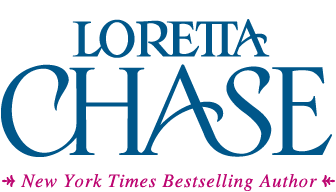In January, we celebrated the 20th anniversary of Lord of Scoundrels' publication. This gives me a good excuse to explain some of the references in the story. You can also find images on my Pinterest page. Below is s a blog I did for Two Nerdy History Girls about coaching inns, so you'll have an idea of what Jessica & Dain were looking at.
*
Those of us writing books set during the coaching era often puzzle over coaching inns. Even when we actually visit coaching inns in England, we may not feel enlightened. We don’t see the horses or the stablemen. The once-bustling yard is often converted to an eating area, with picnic benches and flowers. Sometimes the interior has been redone to look more ye olde than is quite authentic. Here’s the basic layout, courtesy H.D. Eberlein & A.E. Richardson, The English Inn Past & Present.
~~~
Custom had decreed the arrangement of an inn plan. There was the usual courtyard with its arched or beamed entry. There was a hall for receiving guests, a main staircase, a coffee room and a dining parlour. Some inns could boast a special apartment for dining coach passengers only. In addition there were smaller apartments known respectively by the names Sun, Moon, Star, Crescent or Paragon. From 1700 to the year 1760 the arched entries were low, for until the latter date outside passengers were not encouraged. After the accession of George the Third, when outside travelling became more general, the inside passengers were treated as belonging to an inferior order. Not only did landlords show increased respect to the outside passengers, but a subtle compliment was paid to the coach proprietors by the landlords when alterations to the arched entries were made to their respective inns. ...
No definite system of planning seems to have been adhered to through the centuries for inns other than to provide a yard around which were grouped sets of lodgings and a further yard for stabling and wagons ... The old inns of London consisted in the main of a block facing the street with an entry to a courtyard within, the front part of the house being reserved for sitting-rooms and eating parlours. The problem of the Georgian buildings was to provide easy ingress though an arched entry for coaches, which made their way out through a gate in the further yard. To right or left of this entry, which varied according to circumstance, there was generally a large room where coach passengers could dine; to the left was the coach office and a passage connecting with the bar and the coffee room. The drawing room was on the first floor. This arrangement was generally followed in all parts of the country.
~~~
Images: Pollard, Hatchett’s, the White Horse Cellar, Piccadilly (from which my hero and heroine set out in Scandal Wears Satin). From Denver Art Museum collection. T.H. Shepherd, The Old Bull & Mouth Inn, from London and Its Environs in the Nineteenth Century (1831 ed), courtesy Internet Archive.

